Introduction

The Meyer-Optik Görlitz Domiplan is a very small and compact lens, a classical anastigmatic triplet lens. It was the standard kit lens on EXA II cameras but was also sold as kit with many EXA I & Praktica cameras. Opinions on the Domiplan are very different. Some love it for its sharpness and its bokeh, especially its so-called “Soap Bubble” bokeh, others think it is nothing more than average in performance. In the manufacturer’s brochure of this lens from 1960 you can read:
“With our new Domiplan 2.8/50 mm we have combined the advantages of the modern lens mount and the fully automatic pressure diaphragm with an extremely inexpensive three-lens construction.“
I’ll come back to “the fully automatic pressure diaphragm” later in the review. Also as the first point in a features list in the same brochure you can read:
” – Inexpensive three-lens anastigmat of the proven triplet type”
The underlining is done by me, not in the original text. So it should be clear that we are dealing with a cheap and simple lens. Just to have our expectations at somewhat right levels. Do not despair though! It can produce very nice pictures and is quite cheap too. Continue reading and it might be the next lens you invest in after all. Let’s have a closer look!
Sample Images
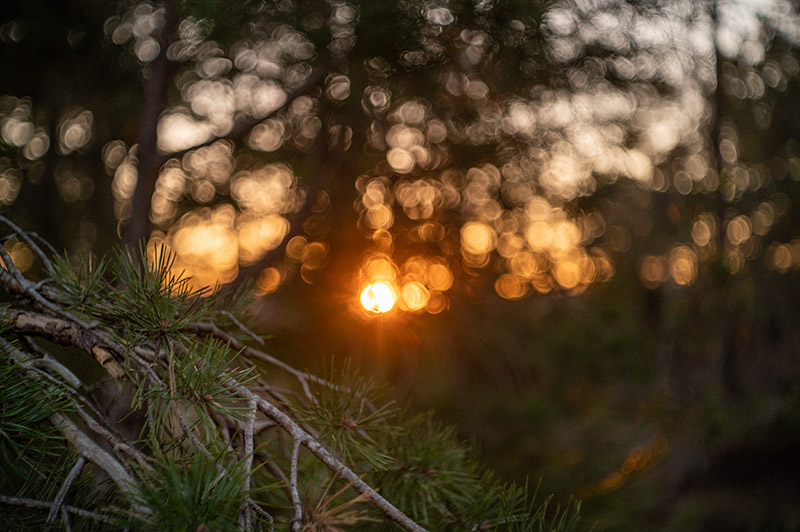





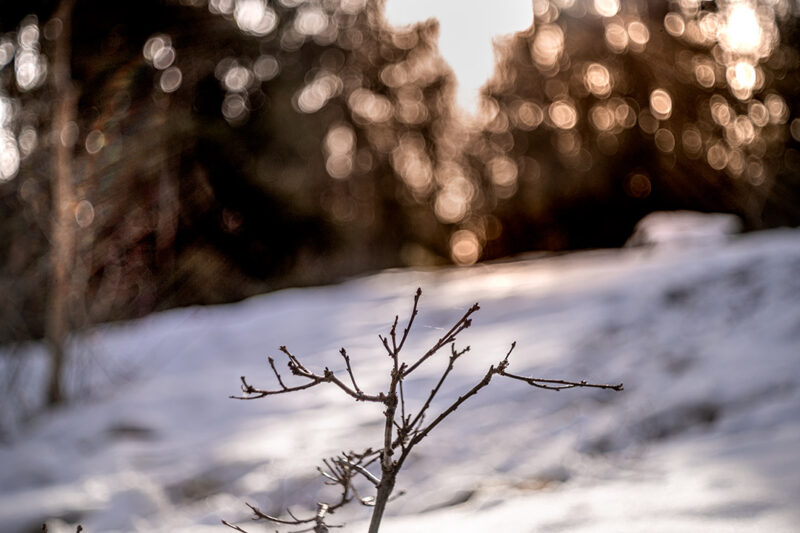
Contents
Specifications
Focal Length: 50mm
Field of View: 47° (diagonally)
Aperture Range: 2.8 – 22
Number of Aperture Blades: 6
Min Focus: 0.75 m
Elements/Group: 3/3
Filter Size: 49mm
Lens Mount: EXA I, EXA II, Exakta, Praktica, Pentacon, M42
Weight: 135g
Length: 40mm
Elements/Group: 3/3
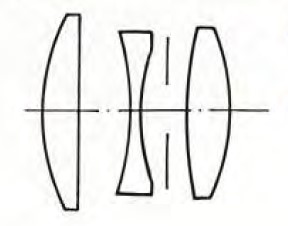
Variations

The earlier and most widespread versions of this lens is the so-called “zebra” version with silver/black checkered grip rings for aperture and focus. The zebra version came in two variants one with a lever at the base of the lens and the other without one. The latest version is all black. Although the black version is newer, all versions are identical in regards to optical construction and should have the same optical performance. I have used both the checkered and the all black version for this review, both of them with M42 mount.

Handling
The lens is very small and light and feels cheap in terms of build quality and material used. It was meant to be cheap from the beginning though. The B&W checkered version is all metal though. It is known that the lens has problems with its aperture mechanism as it is prone to breaking, probably due to the cheap materials used inside the lens. I am normally very fond of small lenses but in this case it has made the lens too fiddly to use. The focusing ring is too narrow and too close to the aperture ring, which makes the operation somewhat difficult but has good resistance/feel with good grip on the all black version.
The optical composition of the lens is a Cooke Triplet designed in 1893 by Dennis Taylor in the UK. It is a three glass elements in three groups design, the same optical design as the several times more expensive Meyer-Optik Görlitz Trioplan.
Aperture ring is marked from 2.8 to 22 and stop clicks both at full-and half f-stops. Apropos aperture settings, let’s talk about this “fully automatic pressure diaphragm” feature. There is a stop-down pin on the rear of the lens that stands out of the plate in its normal position. On EXA/Praktica cameras this pin was depressed when you pushed the shutter release button to close the aperture to the set value. Otherwise the aperture is always wide open irrespective which aperture setting you have chosen on the lens. This would allow you to focus with wide open aperture, which makes the focusing easier then stopped down because the viewfinder image is at its brightest when the aperture is wide open.

Fortunately the adapter that I have for my mirrorless camera pushes this pin all the way in and holds it there, that closes the aperture to the set value at all times and I don’t need to worry about it, otherwise all the pictures would be taken at f/2.8 no matter what I have set on the lens.

Optical Features
Vignetting

The vignetting at f2.8 it is about 1 2/3 stops, at f/4 and f/5.6 around 1 stop, at f8 it gets to 2/3 stop and it is completely gone by f16.
Sharpness (Infinity)
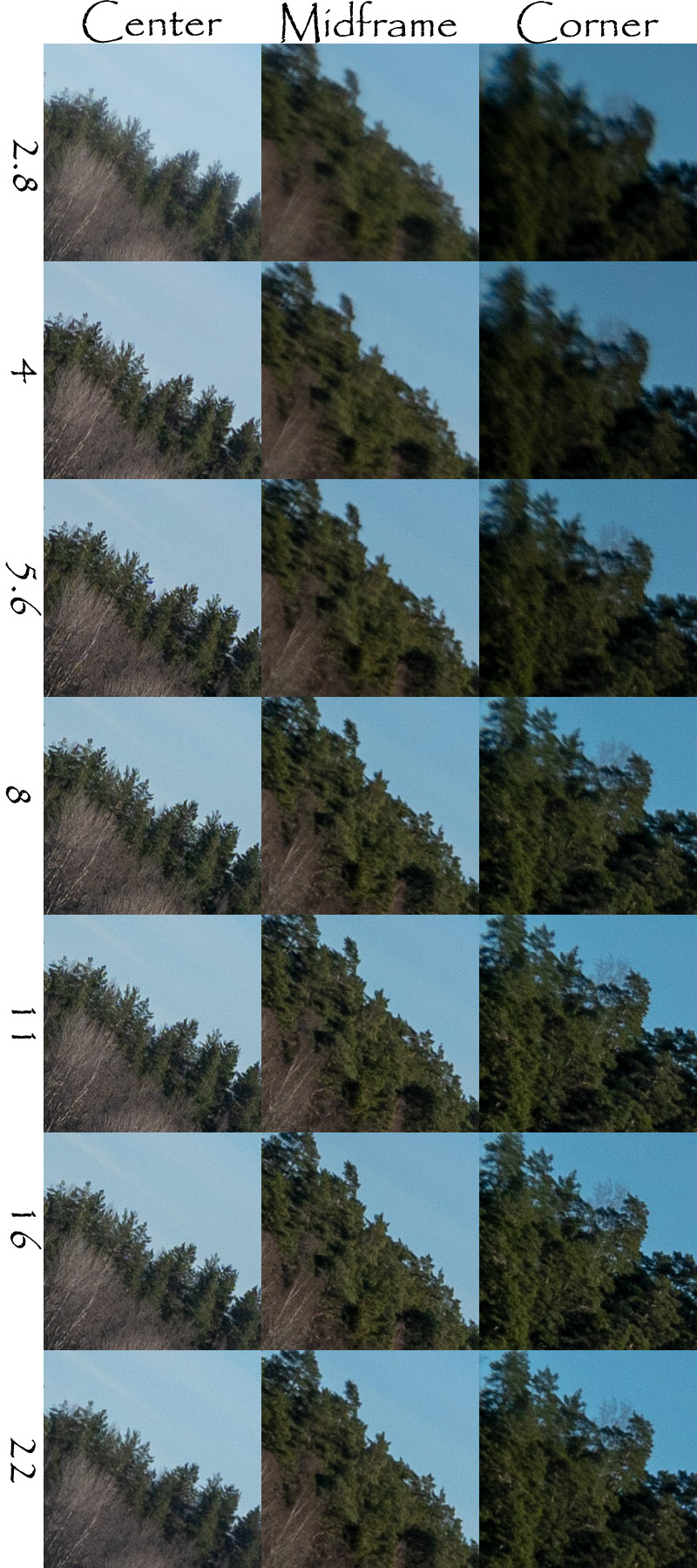

Sharpness in the center of the image is just OK/usable at f/2.8. At f/4 it is good and from f/5.6 and smaller the center sharpness is very good. Midframe is not so good at larger apertures and needs to be stopped down to f/5.6 for OK and to f/8 for good sharpness and to f/11 for very good. Corners are just bad, first stopped down at f/11 they are just OK, which looks to be the sweet spot for across the frame sharpness. At f/16 it still looks OK across the frame while diffraction effect starts showing, at f/22 diffraction effects decrease overall sharpness a tad.
Sharpness (Close-up)
First at the minimum distance of 0.75m

With Astrid’s right eye in the center of the frame we get the following

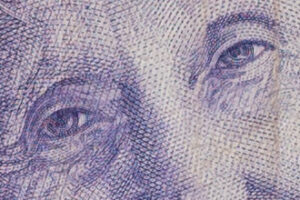

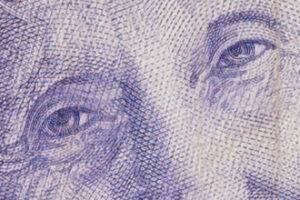
But because of the poor minimum focus distance capacity we cannot talk about close-ups with this lens so let’s try with a +3 close-up filter attached to it so we can get closer
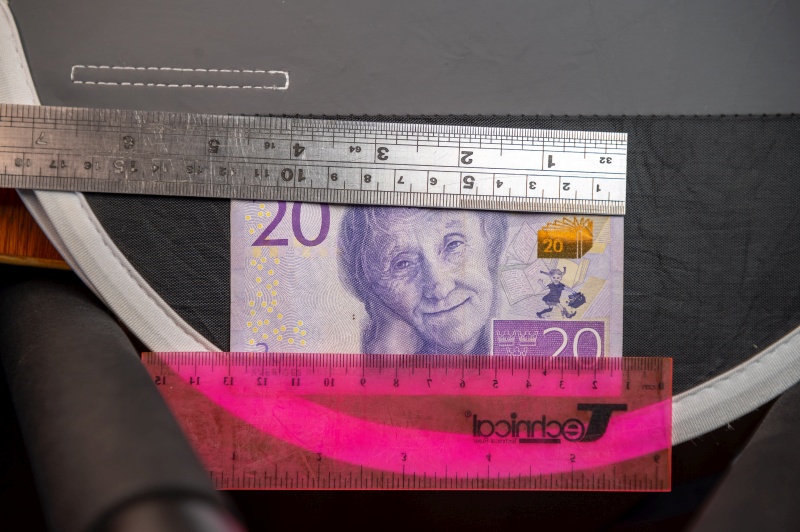


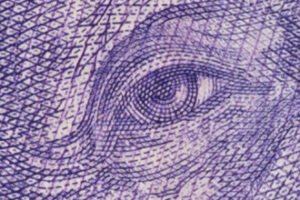
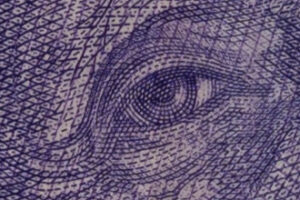
We get OK (usable) sharpness in the center at f/2.8 and good sharpness from F/4 and smaller.
Sharpness (Portrait)
For portrait photography we look at the sharpness in the image center, inner center circle and outer center circle on either side of the third rule intersection.
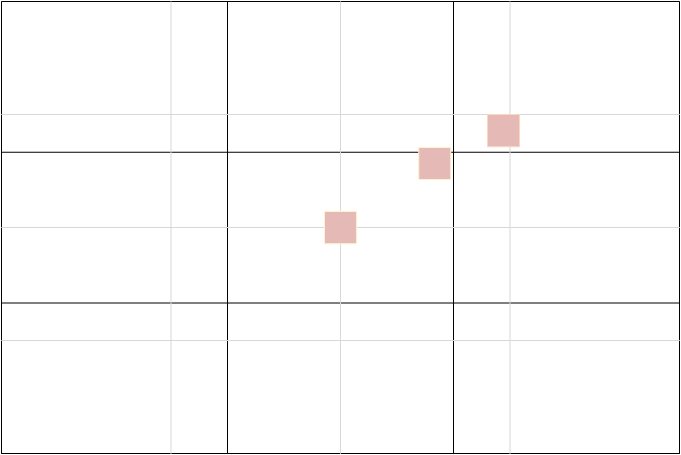



Focus is set on Greta’s left eye. The center sharpness is about OK/usable, the inner midframe is just OK if you are after a “dreamy” look in your portrait, the outer midframe is just too soft. I would not use this lens for portraits unless I have to (like no other lenses are available in the world).

Flare Resistance and Chromatic Aberrations
There is some CA in the corners and there is also ghosting as you can see in the following image. The worst thing is though the veiling flare that can ruin the image completely as you can see in this image.
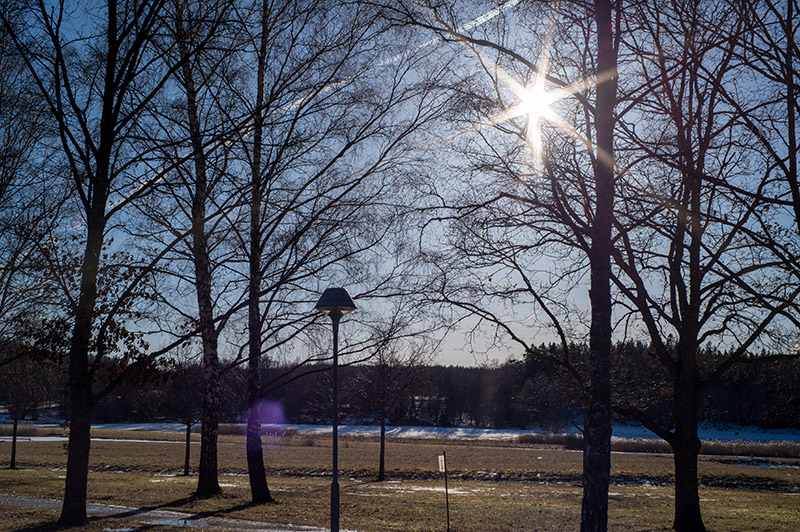
Lens Distortion
The lens does not show any distortion, perfect.


Focus Breathing
One application that vintage lenses have good potential for is video filming. Among other features of a lens there is one extra optical feature that is important here and that is the focus breathing, why I test it here. Unfortunately this lens suffers from heavy focus breathing as you can see in the following before/after image.

Bokeh
Well, this is, in my opinion, the most exciting part of this review as anybody that buys this lens should be buying it for its bokeh and not its across the frame sharpness or its flare resistance. This lens is among few lenses that can deliver the so-called bubble bokeh, where there are obvious lines around bokeh circles. First a look at a scenario where no small light points are in the background. One with a subject at 0.75m from camera in focus and one with a subject 1.5m away in focus:

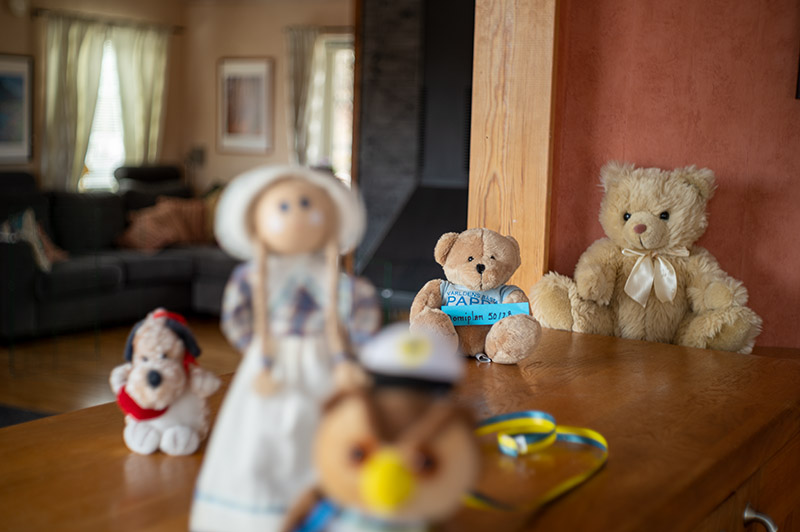
and then in an image with light sources in the background, where the true strength of this lens can show off
In this image I have used some light/contrast/color/clarity adjustments to highlight the shel’s structure. Here you can see how the image looked like directly out of camera without any adjustments in the “before” image and the same with adjustments in the “after” image.


Conclusion
It is definitely not a lens for your everyday photography (not for your every other day photography either for that matter), it’s simply not good enough for that, but you shouldn’t expect that from any lens that you can buy for $30-$50. Stopped down the lens is okay, not a disaster, but the edges and corners never really sharpen up and the midframe is also weak, contrast is low, flare is a huge problem and build quality is not the normal “German standard”, to be nice. I am constantly afraid of breaking it while I am using it.
For normal photography, both mechanically and optically, I would say it is a garbage lens, don’t even look at it. This is a vintage lens though and you do get it for the look of the images or actually for the look of its bokeh with its soap bubble effects. In that sense this lens is such a strong performer. If you like this effect, I highly recommend the lens for that (and only that). You can spend a lot more money on lenses with good reputation for creating soap bubble bokeh (e.g. the Meyer-Optik Görlitz Trioplan, which I review in another article) that don’t produce any better results. Keep in mind though, you should only use it at its widest aperture and you will get a lot of wide open wow shots in “right conditions”. After all it’s more about finding those conditions than the lens itself, no lens in the world can create soap bubble bokeh unless the conditions are right. If you know its strengths and weaknesses then you can certainly have a lot of fun with this lens.
.
| What I Like | Average | What I don’t Like |
|---|---|---|
| + Bokeh + Sharpness in the frame center + General vintage look | * Sharpness in midframe * CA | – Sharpness at edges/corners – Across the frame sharpness – Flare resistance – Contrast |
Alternatives
We are only going to mention lenses regarding the bubble bokeh effect. Many vintage lenses can create bubble bokeh in the right conditions, it’s actually less about the lens and more a question of finding the right conditions. Even the most famous bubble bokeh lenses can’t produce bubbles in wrong conditions but some lenses are capable of doing it easier and with more pronounce shapes than others. The most famous ones are
Fuji Fujinon 55/2.2
Buy from: ebay.com, ebay.de, ebay.co.uk, ebay.com.au (affiliate links)
Super Takumar 55/1.8
Buy from: ebay.com, ebay.de, ebay.co.uk, ebay.com.au (affiliate links)
Auto Mamiya/Sekor 55/1.4
Buy from: ebay.com, ebay.de, ebay.co.uk, ebay.com.au (affiliate links)
Meyer-Optik Görlitz Primotar 50/3.5
Buy from: ebay.com, ebay.de, ebay.co.uk, ebay.com.au (affiliate links)
Meyer-Optik Görlitz Trioplan 100/2.8
Buy from: ebay.com, ebay.de, ebay.co.uk, ebay.com.au (affiliate links)
Meyer-Optik Görlitz Trioplan 50/2.9
Buy from: ebay.com, ebay.de, ebay.co.uk, ebay.com.au (affiliate links)
Meyer-Optic Görlitz Oreston 50/1.8
Buy from: ebay.com, ebay.de, ebay.co.uk, ebay.com.au (affiliate links)
Pentacon 50/1.8
Buy from: ebay.com, ebay.de, ebay.co.uk, ebay.com.au (affiliate links)
More Sample Images
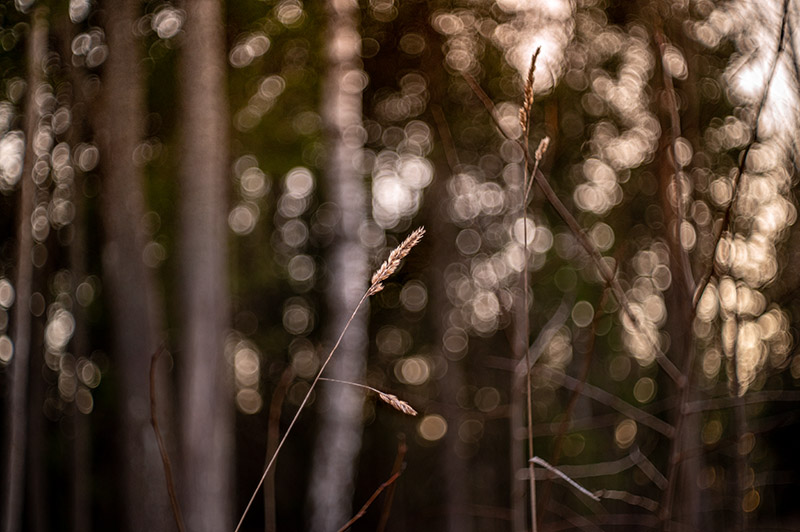


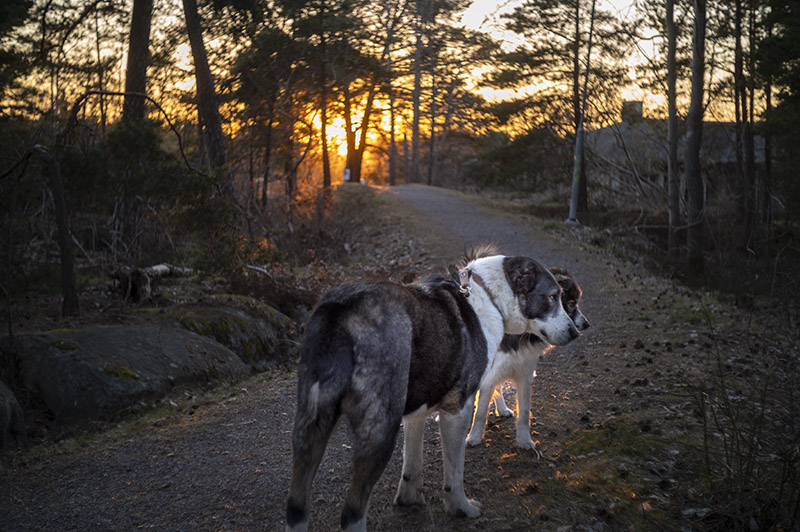
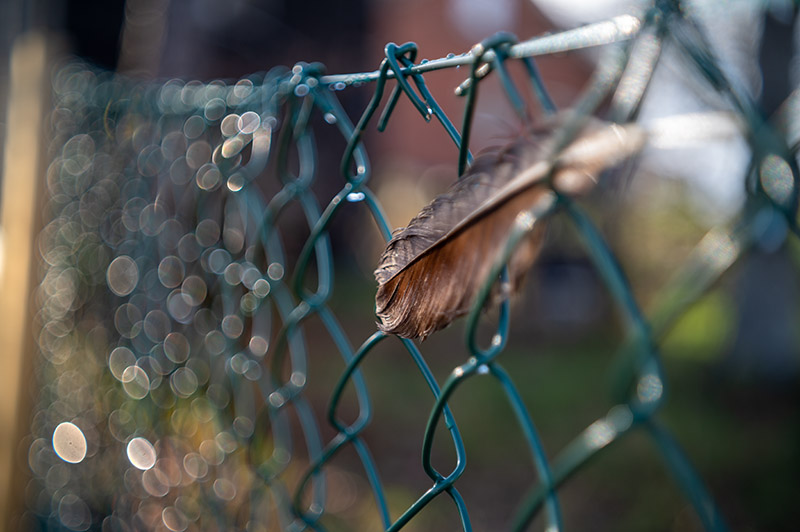

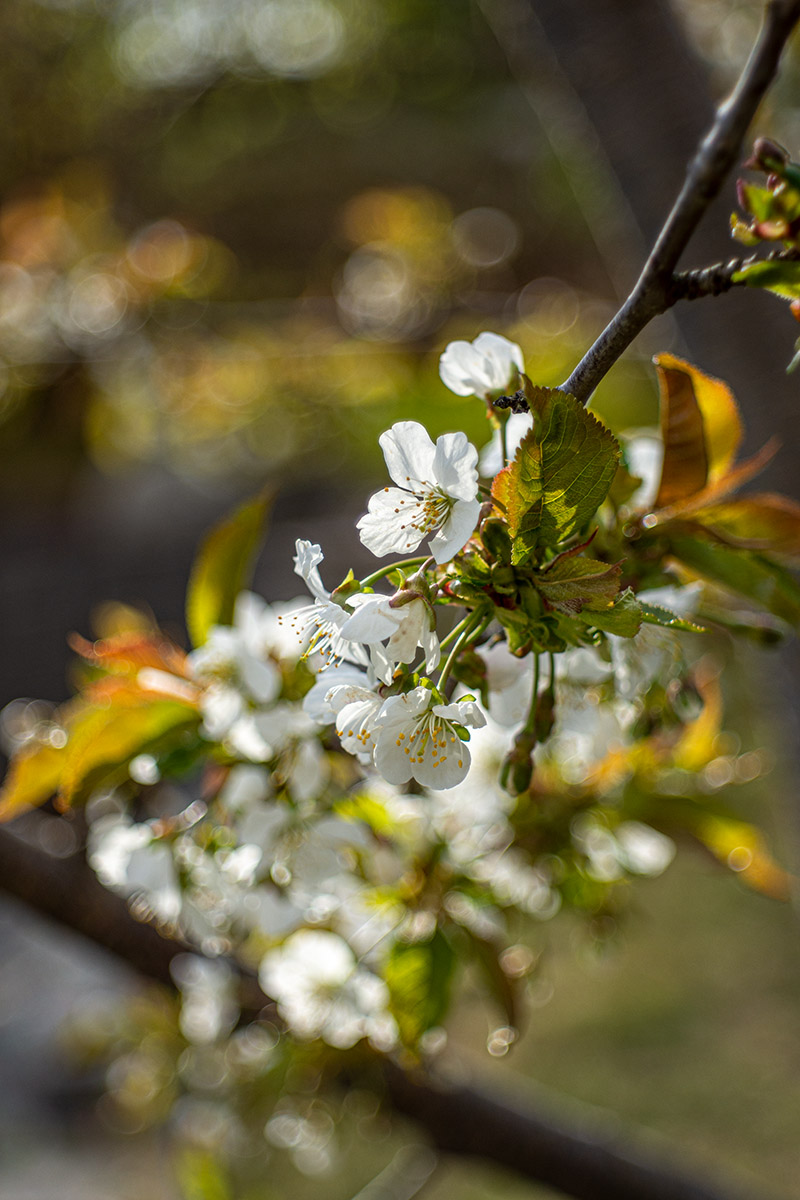





Support us
Did you find this article useful or just liked reading it? Treat us to a coffee!

(Donations via Paypal)
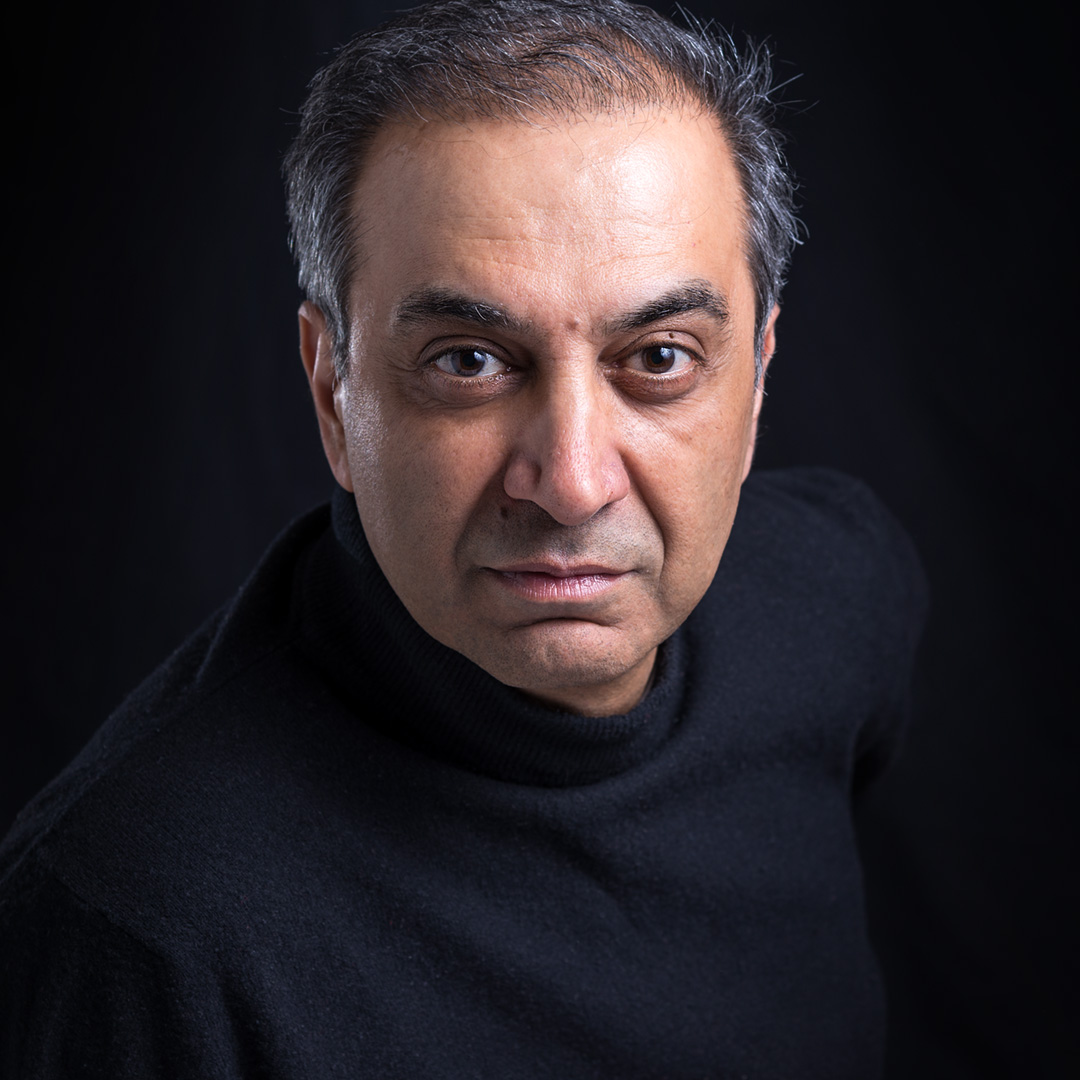
Martin lives outside Stockholm, Sweden. He is a M.Sc. in Computer Technology and works as a program/project manager within the industrial field but he has been a passionate photographer for over 45 years. He started his photographic adventures when he was thirteen with an Agfamatic pocket camera, which he soon replaced with a Canon rangefinder camera that his mom gave him in his teenages. After that he has been using Canon SLR, Nikon SLR manual focus and Autofocus, Sony mirrorless crop sensor, Nikon DSLR and Nikon Mirrorless. He has photographed any genre he could throughout the years and you can see all kinds of images in his portfolio. During the later years though it has been mostly landscape, nature, travel and some street/documentary photography.
You can follow Martin on Instagram and Flickr (Click on the respective icon below!)
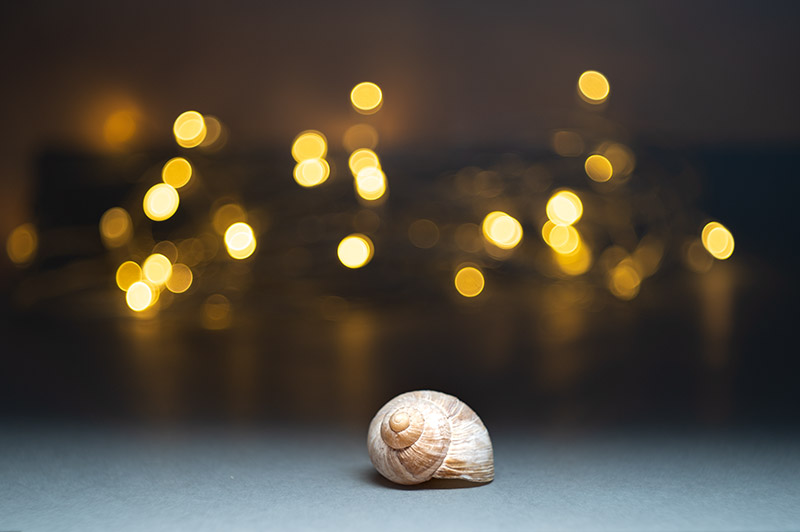
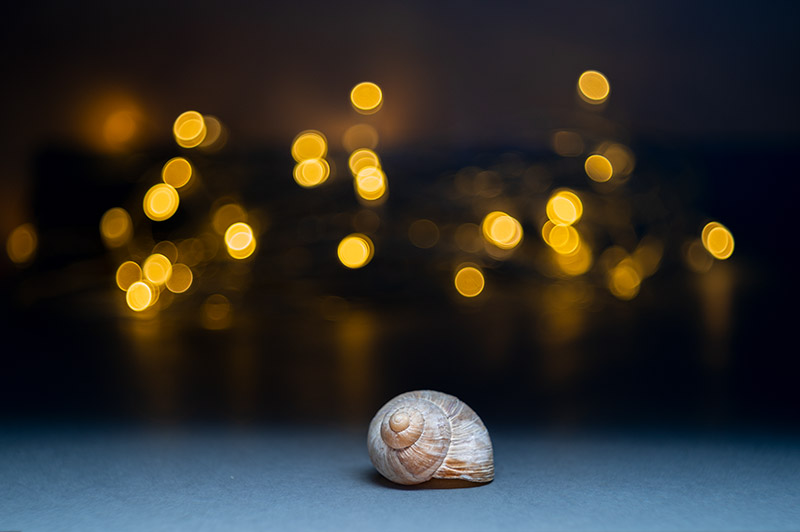
Leave a Reply